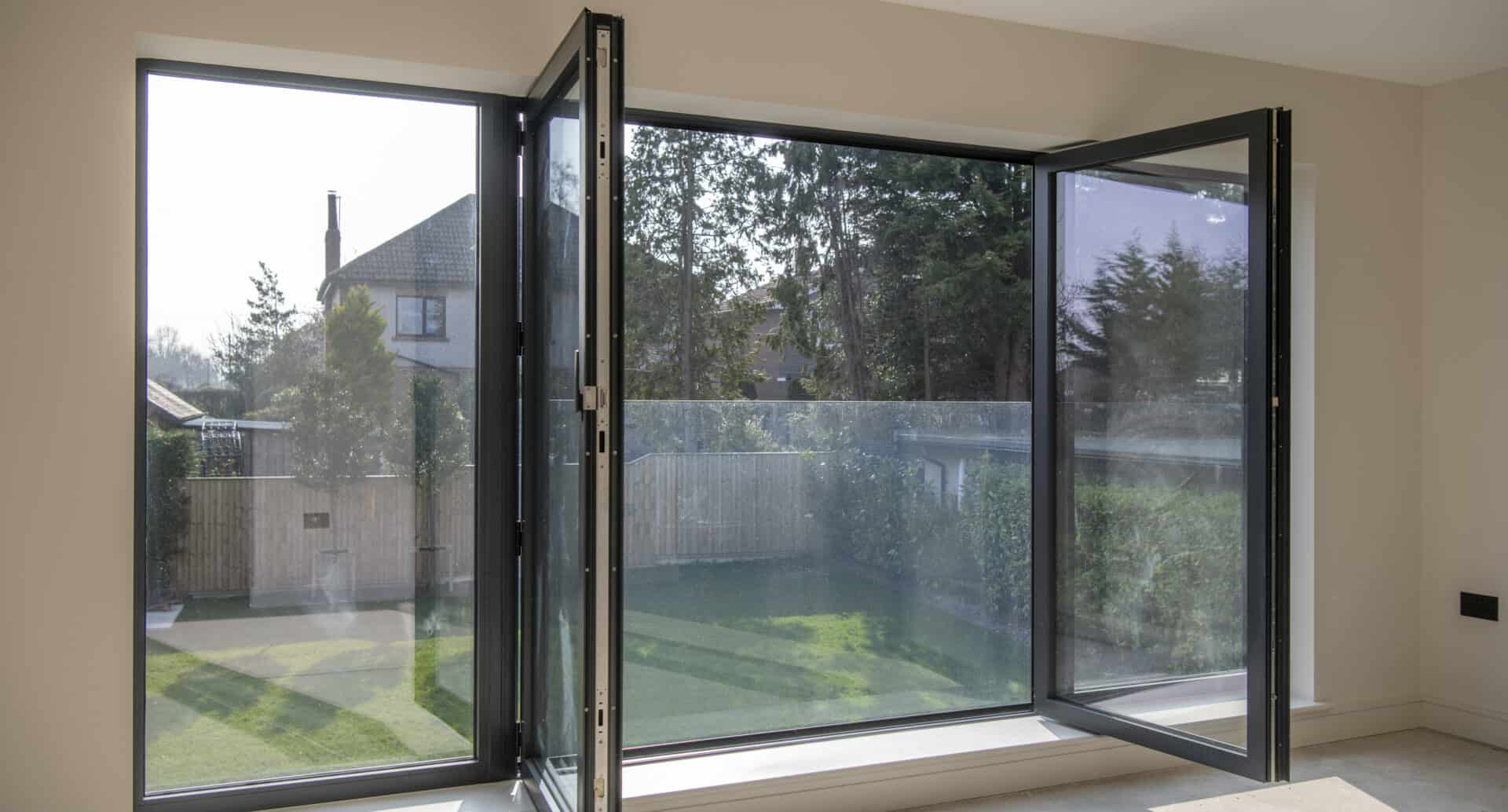Classification of Water Tightness Performance of Doors and Windows
The classification and requirements for the water tightness performance of building doors and windows are based on the pressure differential (ΔP) that indicates the onset of significant leakage.
This classification ranges from Level 1 to Level 6, with six levels in total. The water tightness performance classification and index values for building doors and windows should comply with the specifications outlined in Table 1.
| Level | ΔP range (Pa) |
|---|---|
| 1 | 100 ≤ ΔP ≤ 150 |
| 2 | 150 ≤ ΔP ≤ 250 |
| 3 | 250 ≤ ΔP ≤ 350 |
| 4 | 350 ≤ ΔP ≤ 500 |
| 5 | 500 ≤ ΔP ≤ 700 |
| 6 | ΔP ≥ 700 |
Note: external doors typically require ΔP ≥ 150 Pa and external windows ΔP ≥ 250 Pa to avoid leakage under the specified pressure classes.
Under the performance classification index ΔP, external doors and windows should not exhibit leakage. The water tightness performance value ΔP for external doors should not be less than 150 Pa, while for external windows, it should not be less than 250 Pa.
01 Sealing Strips

Made from EPDM material, ensuring excellent elasticity and aging resistance.
The woven design improves the rebound of the sealing strip after installation, thus enhancing the overall sealing effect of doors and windows.
02 Edge Treatment

The upper and lower edges are weak points in sealing. proline has specially developed upper and lower sealing kits, effectively improving the waterproof performance of these areas and ensuring the overall waterproof performance of the product.
03 Profile Structure

Multiple sealing strips are installed between the inner and outer sides of the window sash, the central area, and the window frame, forming multiple layers of sealing to prevent rainwater infiltration, significantly improving the waterproof performance of doors and windows.
04 Drainage Design

The windproof drainage hole cover utilizes a combined sealing and waterproof process along with a professional drainage system, ensuring that accumulated water within the cavity is efficiently drained and preventing rainwater backflow.
05 Corner Treatment

The waterproof performance of doors and windows largely depends on the sealing quality of the corners. It's important to check if high-quality sealing materials, such as rubber, plastic, or foam sealant, are used in the corners, as these materials effectively prevent the penetration of air and water.
06 Lift-Slide System

The PROLINE lift-slide system further improves waterproof performance through its hardware components and lift design. As the core product of this system,the lift-slide door system is ideal for large glass doors or balcony areas. It ensures a balance between structural integrity and ease of operation without compromising the appearance.
lif-slide Details

When opening, the door sash is slightly raised to reduce friction and ensure smooth sliding. When closed, the system automatically presses the door sash tightly against the frame, forming a more secure seal, significantly improving the waterproof performance of the door and window.





Leave a comment
This site is protected by hCaptcha and the hCaptcha Privacy Policy and Terms of Service apply.